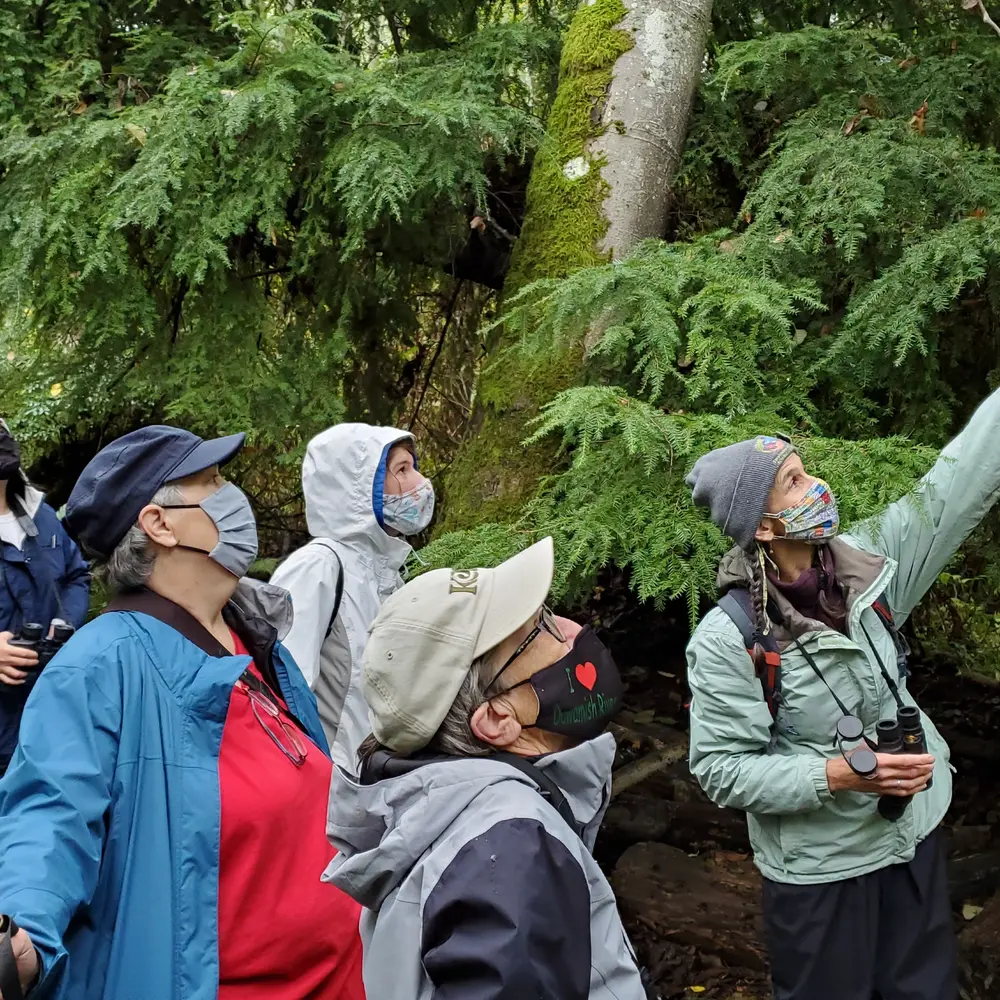
During a recent all staff meeting, our team reviewed our organizational scorecard, which tracks our progress toward the most important goals and objectives we have set. These data points help give us insight on our trajectory in the short term and help ensure we remain on track for our long-term vision. Each metric is marked green, yellow, or red based on its status. Green items are right on track. Yellow items are not where we want them to be, but we have a strategy to achieve the target. Red items are blocked, and the team is still identifying how to resolve the challenge at hand.
The red metrics can be intimidating. We are often trained to always look for positive trends, impact, and/or growth. It can be daunting for a leader to go to their board and report a drop in revenue or missed service delivery metric. No one wants to share that they are seeing a decrease in volunteer support or subscribers. Failure can be difficult to embrace when it is not accompanied by a growth mindset. The fact is, it’s a lot easier to lead when everything is running smoothly. In the work of philanthropy and community service, we are often meeting needs and addressing challenges that don’t easily align to support always running in the green. When these challenges are brought forth early and discussed openly, solutions can be found. When we try to hide from them or reduce their significance, progress can be stunted or halted altogether.
Over the last several months, I have had the opportunity to share with you all a glimpse of the work underway as the Murdock Trust undergoes a series of significant transitions, from new staff to new organizational structure, all of which is intended to support continuous improvements in our approach to grantmaking. I am pleased to say that our work remains on course, and as promised, we will have some exciting updates regarding our grantmaking process in the coming months. As our team has continued in this work, the exercise of restructure and reorganization has reinforced in all of us the need to continuously step back, look at the broader picture, and lean into our red metrics with a learning posture that allows for innovation and growth.
When we can openly discuss our challenges and bring the collective wisdom and expertise of our team to bear, we can address the obstacles to progress and identify a way forward. We do not treat red metrics as a sign of failure, but as an opportunity for honest discussion and thoughtful analysis that can help us determine how we can move forward in our desired direction. My experience is that this approach is most likely to produce a better result in a faster timeframe.
There is no-one-size-fits-all process, but there are some best practices for change management and organizational leadership that are proven. It is important to have a culture that values both transparency and accountability with systems and processes that support both values. A second and equally important set of organizational values center on having a learning orientation and fostering a growth mindset in the way work gets done. Every leader holds a responsibility to promote and reinforce this culture in individual and team performance management. Embracing a culture where challenges can be brought forth early and addressed in a spirit of collaboration is the most constructive way to move toward success.
-Romanita Hairston, CEO
The post An Update from Our CEO — Making Metrics Matter: The Power of Red appeared first on M. J. Murdock Charitable Trust.







